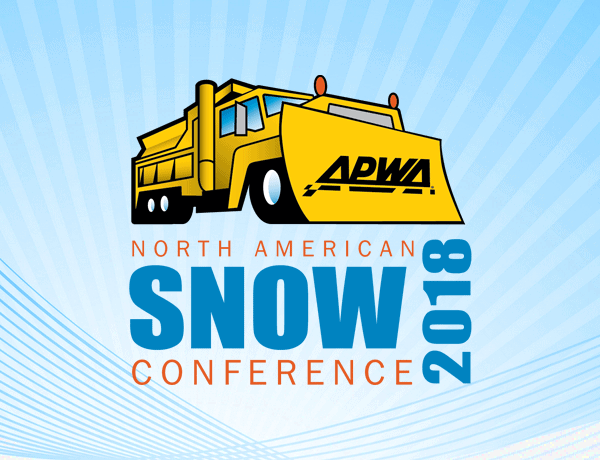Video
Learn what some of the most enlightened communities are doing these days to make their neighborhoods a great place to work, live and thrive today and into the future.
Read MorePerched just above the Roaring Forties in latitude and geologically young, New Zealand is exposed to a wide-range of naturally occurring hazards including flooding, earthquakes, windstorms, snowstorms, volcanic activity, and tsunami. The Manawatu-Whanganui Civil Defence Emergency Management Group is a collection of lifeline utilities in the region. Learn about how they prepare for these types of events – from asset and risk management to preparation, response, and recovery. Shakespeare said that all the world is a stage. If that’s true, lifeline utilities are the backstage crew that keeps it all running. The goal is to respond to emergencies and bounce back with more resilient networks.
Read MoreThe cheerful TV weather person comes on the local news on Friday and talks about a 40% chance of rain for Monday. But come Monday, a severe storm causes local flooding and a combined sewer overflow! Precipitation forecasting has improved exponentially over the last 20-years, yet for public works operations, a profound disconnect exists in how forecast information is acquired (access and timing), perceived (interpreted), and used for decision-support (mitigation.) This presentation will discuss the tools that are available to resolve this issue and provide innovative approaches for using hydro-meteorological information in managing stormwater and wastewater programs.
Read MoreThe panel will discuss the concepts and goals of public works asset management by focusing on the initial development of a roadmap, governance model, asset data gathering, data cleaning, and the development of condition and risk scores.
Read MoreColumbia, Missouri’s Urban Forestry Master Plan is a roadmap that provides detailed information, recommendations, and resources to effectively and proactively manage and grow the City’s urban tree canopy. The plan includes a detailed analysis of the urban tree canopy and public street trees, leaf litter issues, an emerald ash borer strategy, ordinance development, maintenance budgeting, and an ESRI StoryMap to communicate results and recommendations to the general public.
Read MoreRISN is a partnership between the City of Phoenix and Arizona State University to bring together government, university, and non-governmental entities to create a resource-focused Sustainable Urban Metabolism (SUM) platform that supports trash as a resource for economic development opportunity. RISN provides a bridge for researchers to connect their outputs with the entrepreneurs best positioned to translate them into social and economic outcomes. Don’t miss this discussion of RISN’s incubator, a niche business accelerator for entrepreneurs in the early stages of waste-to-product innovation.
Read MoreThe City of Westfield, Massachusetts had been conducting its snow and ice control operations using the same antiquated practices for years. Discover how the implementation of GIS technologies and cellular/radio communications improved the ability to track operations and easily adjust to changing storm tracks and conditions. The system also provided a mechanism for tracking vendor location and payments. These modernization efforts have resulted in increased productivity, reduced costs, and improved services.
Read MoreLehi City, Utah, has adapted its winter maintenance program to meet the challenges of today’s ever-changing cultural and technological landscape. Like most local governments, they are managing the modern workforce, experimenting with new products and technologies, and facing the challenges of population growth and increased public expectations for snow and ice control services.
Read MoreInfrastructure such as trails, parks, and public buildings can contribute positively to the ambience, quality of life, and positive vision of residents and visitors toward a community. Often, there can be objections to some design elements because some feel that the plain-gray version means less costs. Grandview, Missouri, has adopted the view that art incorporated into public facilities creates an identity for residents, visitors, developers, and local businesses. Representatives from the city will discuss the return-on-investment and improved property values that have been achieved.
Read MoreCoconino County’s recent APWA reaccreditation highlighted its extensive snow plan as an APWA Model Practice. The county relies on its snow plan to guide its response to the varying snow events that can occur in this jurisdiction that spans 18,661 square miles and is the 5th snowiest region in the U.S., averaging 110 inches per year.
Read More